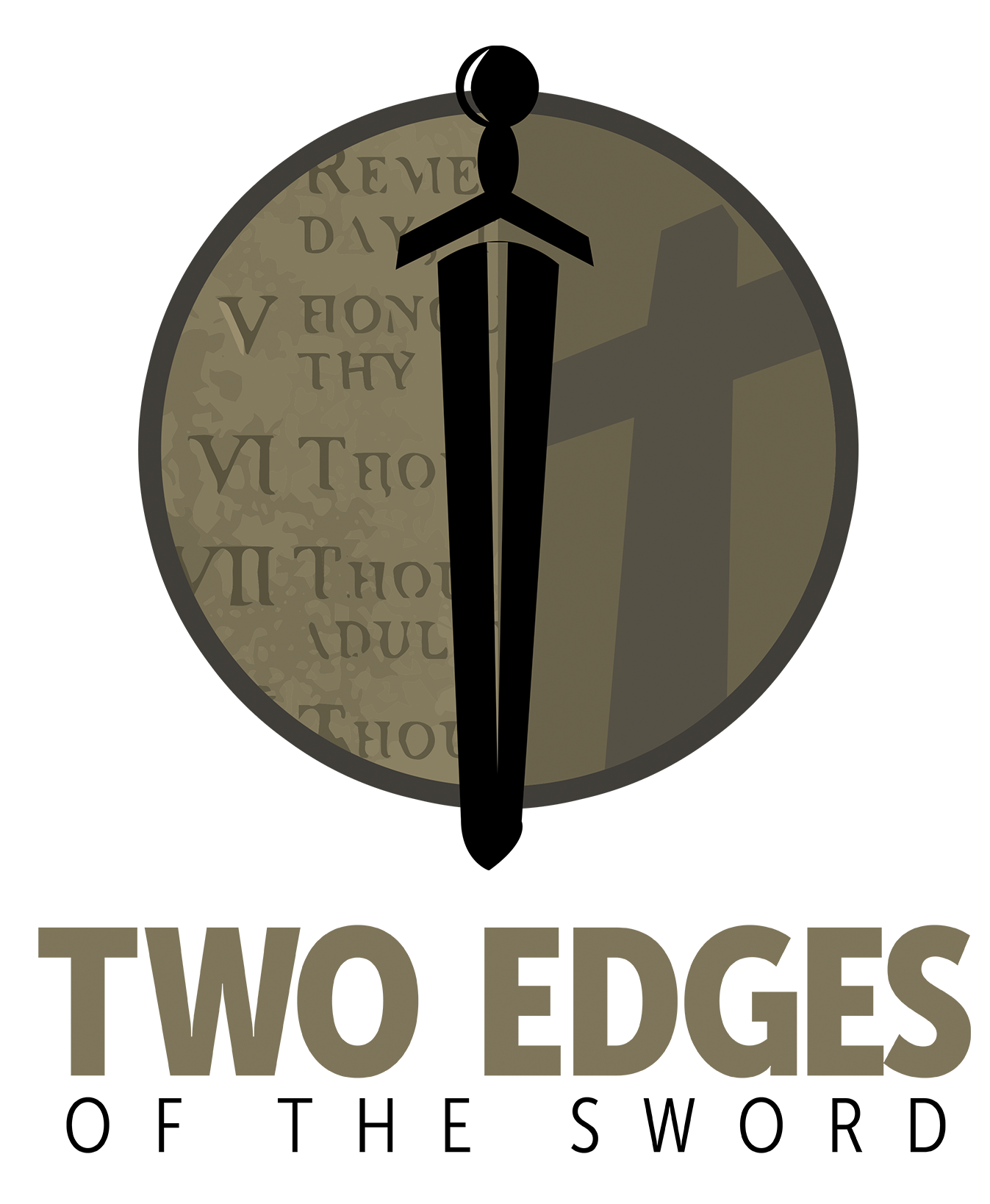The Pilgrims and Puritans who came to America from England in the early 1600s seeking religious freedom brought with them views of their faith, the church, and the state that would seem strange to a majority of American churchgoers today.
early 1600s seeking religious freedom brought with them views of their faith, the church, and the state that would seem strange to a majority of American churchgoers today.
For example, these pioneers were predominantly products of the Reformation, and Reformation theology taught them that their occupations were all holy callings, ordained by God, be they butchers, bakers or candlestick makers. They were actively serving God, not just in their daily work, but with their daily work, just as much as were bishops, monks and parish priests. Following Paul’s lead in Romans 12, they recognized that that service also applied to civil magistrates serving in positions of authority in the government. They viewed them as every bit “ministers of God” as were their parish pastors.
All the governing documents of their 13 original colonies reflected these Reformation ideas. They all honored God in Jesus Christ, and, all but one, Rhode Island, acknowledged His rule in their civil government. With the exception of Rhode Island, they all required their office holders to subscribe to the protestant Christian faith, and eight of the 13 had official state-sponsored denominations—either Anglican or Congregational. Several of the colonies stated in their charters that office holders must believe the Bible was the word of God. Only Rhode Island allowed non-Christians to hold public office.
However, each of the colonies, without exception, was founded with the principle of freedom of conscience written into its governing document; a man could neither be forced to worship in a way in which he did not agree nor even to worship at all, if he did not desire to do so. They understood that there could be an official, formal Christian colony, governed by Christians, while still preserving liberty of conscience for its citizens. The colonists were sinners and therefore not always able to apply this truth wisely or accurately, but their documents revealed their understanding and eagerness to live under the rule of God and His law of liberty.
So, colonial Americans were very serious about their faith and having the freedom to pursue it as they wished. Their faith was the source of all of life to them. They risked everything to be free to practice it and almost half, 45 of 102, of the Pilgrims who came to America on the Mayflower died during the hardship of the first winter in Plymouth in 1621.
But they ultimately survived and flourished, and, by 1702, 12 colonies had been chartered and begun, with only Georgia remaining to be established in 1735. The foundation for the United States of America—liberty and its only source, Jesus Christ and His truth as revealed in the word of God, the Bible—was solidly laid by its colonies. Knowing clearly from whence we have come is essential to refocusing and then recovering what we have lost as a nation.
What happened over the next 300+ years to get us to where we are today, far removed from that foundation?
To many secular historians, subconsciously eager to discount the world-changing implications of the Reformation, the major development occurring in Europe during this early colonial period in America was the European Enlightenment. As we saw last week, it was simply a renewal of the old, pagan, humanistic, Greco-Roman culture that had gone into temporary hiding at the fall of Rome, fleeing from the attack of the early church that was victorious because they “loved not their lives unto the death” (Revelation 12:11).
But Satan can always pull a new religion out of his sleeve to deceive and pick off God’s unsuspecting, complacent people. The Enlightenment was just such a “religion”—installing man again as his own god, “the measure of all things.”
The battle was never between Jesus Christ and the specific, manufactured super-heroes of Greco-Roman mythology, but between two diametrically opposite ways of thinking, two sets of eye-glasses by which all mankind views all of life. Our viewing choices are either through the lense of the Enlightenment and the worship of man and his accomplishments, or through the lense of the Reformation, the worship of Jesus and His accomplishments at the cross.
The American colonies, founded specifically with Jesus as the head of state, proved to be the objects of Satan’s systematic counter-attack. Enlightenment thinking would allow a belief in “God” because it was not threatened by the idea of an impersonal deistic, Unitarian god who has nothing to do with real life. Even the conservative wing of enlightenment thinkers such as Adam Smith, John Locke and Charles de Montesquieu (among others) all believed in a Supreme Being of some kind, but they never mentioned Jesus Christ. He and His law were not factors in their treatises on government, economics or philosophy.
It was the concept of Jesus ruling, not just in the inner life of the Christian, but the “heretical” concept that Jesus is actually, as the Bible teaches, King of all other kings, Lord of all other lords, i.e., ruling over civil governments by His law that was unacceptable to Enlightenment thinkers. Satan’s reaction to this idea is, “This Man will not rule over us!”
Sadly, Enlightenment leaven was insidiously penetrating the thinking of academics and intellectuals in the colonies as the second generation of colonial leaders assumed positions of influence. Harvard College had been established in 1636 for the express purpose of “training clergy for the new commonwealth,” and 10 of the first 12 college presidents at Harvard were clergymen. Famous colonial Puritan Pastor Cotton Mather was the last Harvard president in the 17th century and it is estimated that 50% of the graduates in the graduating classes in that first century went into the ministry.
However, with Mather’s exit, a century-long battle for the soul of the college began. The first non-clergyman, John Leverett, a lawyer, judge and politician, was elected president and for the first time, subtly took the college in a new direction, dropping the requirement for graduates to believe in the authority of Scripture. He turned the college to secular, intellectual independence from its Reformation foundation. By 1760 it is estimated only 15% of the graduates went into the ministry. The original vision for Harvard had been completely eradicated by Enlightenment thinking.
We have seen over the last 100 years in America what academia teaches to the youth in one generation becomes the cultural norm in the next, and, as a result, our national culture has changed dramatically over that time. How did Enlightenment thinking, as exemplified by the altered vision at Harvard and other colonial colleges, affect America as it moved toward the American Revolution? Next week we will conclude our series with “How Did America Get Where We Are Today? (Part 3)” by looking at the Constitution period and following.
